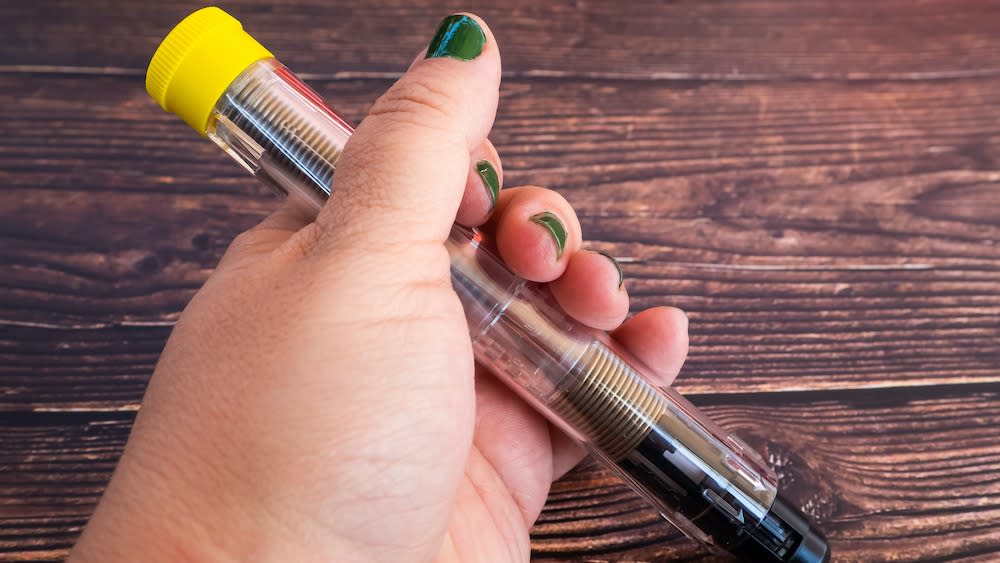Elementary schoolers prove EpiPens become toxic in space — something NASA never knew

Elementary school students in Canada recently schooled NASA scientists when they discovered that life-saving EpiPens can turn poisonous when launched into space.
Students from St. Brother André School's Program for Gifted Learners (PGL) in Ottawa were studying the effects of cosmic radiation on epinephrine, the active ingredient found in EpiPens, an emergency treatment given during severe allergic reactions. NASA selected the students' experiment to be part of Cubes in Space, its global STEM program geared specifically to school-age kids.
For the program, the 9- to 12-year-old students designed an experiment in which epinephrine samples were placed into tiny cubes and sent to the edge of space via either a high-altitude balloon or a rocket. Once back on Earth, researchers from the John L. Holmes Mass Spectrometry Facility at the University of Ottawa tested the samples and found that only 87% contained pure epinephrine, while the other 13% had been "transformed into extremely poisonous benzoic acid derivatives," according to a University of Ottawa statement.
Cosmic radiation is made of extremely high-energy particles released by stars, including Earth's sun. Our planet's atmosphere largely protects life on Earth from this radiation, but astronauts exposed to cosmic rays for a prolonged period of time face significant health risks, including radiation sickness and increased lifetime risk for cancer and other diseases, according to NASA.
Related: Man almost dies from an allergic reaction to cold air
Cosmic radiation also shows a clear impact on chemicals like epinephrine, Paul Mayer, a professor in the Department of Chemistry and Biomolecular Sciences at the University of Ottawa, said in the statement.
"The 'after' samples showed signs that the epinephrine reacted and decomposed," Mayer said. "In fact, no epinephrine was found in the 'after' EpiPen solution samples. This result raises questions about the efficacy of an EpiPen for outer space applications and these questions are now starting to be addressed by the kids in the PGL program."
RELATED STORIES
—Allergy vs intolerance: What's the difference?
—'Unreal' auroras cover Earth in stunning photo taken by NASA astronaut
—There are toxic fungi in space and no one knows if they're dangerous
While benzoic acid is naturally occurring in certain plants, including cranberries, plums and cinnamon, and is often used as a food preservative, the National Institutes of Health (NIH) classifies the colorless compound as a "health hazard" when consumed at high dosages.
The students are now designing a capsule to protect EpiPens while in space. In June they will travel to the Langley Research Center in Hampton, Virginia, to present their findings to NASA.

